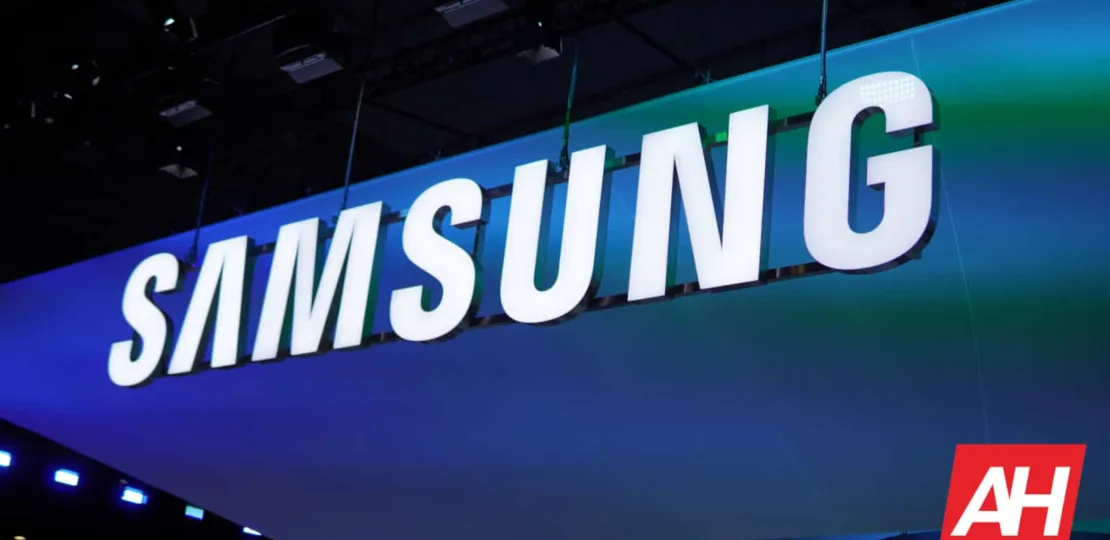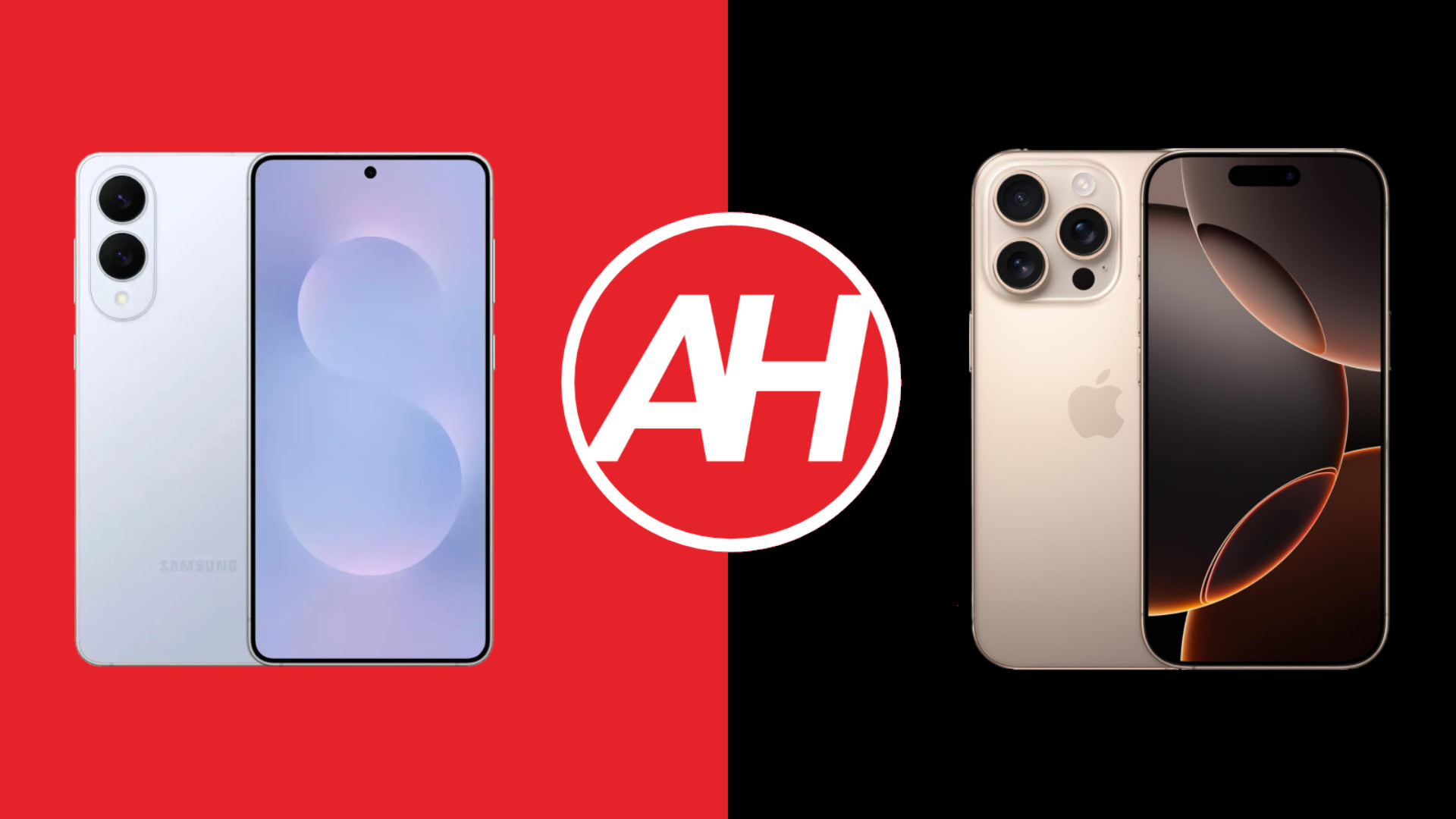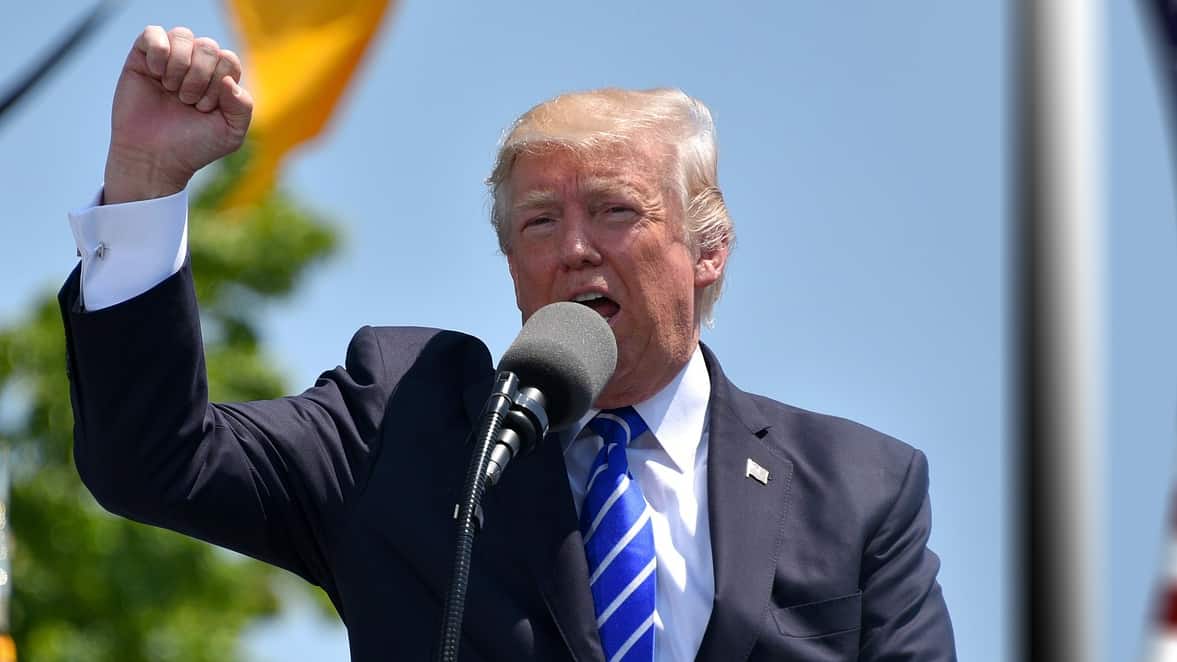
Samsung, which has been the leading memory maker for some time, is now dethroned by its local rival SK Hynix in the second quarter. The company is struggling with high-bandwidth memory and increased competition for legacy products. Meanwhile, SK Hynix capitalized on the AI Boom and is also NVIDIA’s main supplier.
Samsung is no longer the leading memory maker
SK Hynix has edged out Samsung by earning $9.66 billion in revenue in Q2 2025 from memory sales. The company accounts for 36.2% market share. Meanwhile, Samsung came in a close second with $8.94 billion in revenue and a 33.5% market share. This is the first time that SK Hynix has surpassed Samsung since it was founded in 1983.
Counterpoint data suggests that Samsung’s Memory business revenue fell 3% YoY (Year-on-year) in Q2 2025. This is due to the weak performance of its High Bandwidth Memory (HBM) solutions. Its HBM shipments dropped to 17% in Q2 2025 from 41% in the year-ago quarter. The main reason for this was the export restrictions to China, limiting the tech giant’s sales channels. Meanwhile, SK Hynix commands 62% of high-bandwidth memory shipments.

SK Hynix posts its highest operating profit in two and a half years
SK Hynix’s lead reportedly comes from its early and aggressive move into high-bandwidth memory (HBM), the ultra-fast DRAM used in AI accelerators like NVIDIA B300. It is also NVIDIA’s primary supplier. The firm’s HBM3 and next-gen HBM3E modules are integral to the compute power behind LLMs (large language models) and generative AI workloads.
The company has reportedly posted around $1.88 billion in operating profit in Q2 2025. This is its highest in two and a half years. This is despite tremors in the traditional DRAM and NAND markets.
Samsung hopes to regain the lost ground
Meanwhile, Samsung struggled to gain NVIDIA’s approval. Though NVIDIA was previously using Samsung’s GDDR7 chips in its RTX50 GPUs, it gradually added SK Hynix to the supply chain as well. Samsung vows to bounce back with aggressive investment in the HBM capacity. It is reportedly focusing on next-generation HBM4 memory chips to make up for the lost ground. The company is apparently aiming to add new clients like AMD and custom AI chip start-ups.
RELATED POSTS
View all


